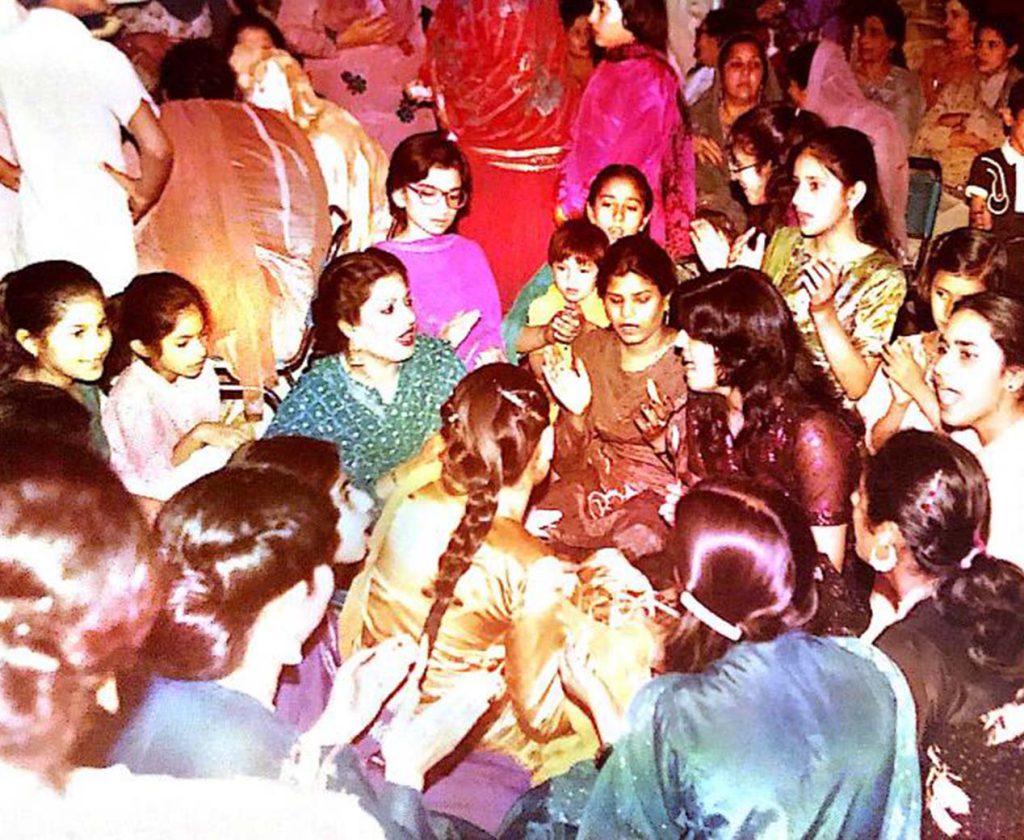Now Reading: Heaven on Earth: Gilgit Baltistan
-
01
Heaven on Earth: Gilgit Baltistan
Heaven on Earth: Gilgit Baltistan
Nature, history, serenity, adventure. Gilgit-Baltistan has it all. One of the most beautiful locations in the sub-continent, located in the extreme north of Pakistan. The region is home to more than 100 exotic peaks that are 7,000 metres and above, covered in snow throughout the year. The world’s three famous mountain ranges – Himalayas, Karakoram and the Hindu Kush – meet there at one point, providing it unique landscapes. A number of rivers starts there, especially River Indus that ends up in lower Sindh. The region is a paradise for tourists, mountaineers, climbers, trekkers and hikers. The land is full of lakes, sand dunes, high mountains, glacier, meadows and what not.
PLACES TO VISIT
Hunza
Three hours from Gilgit along the Karakoram Highway while you follow the ancient southern Silk Route to China. Hunza is the centrepiece of tourism with its exotic panoramic views. Karimabad is the main village to stay at, not far from the main Karakoram Highway. It is the base for short walks and excursions, a place to relax and unwind.
A small road in the village leads up to the main market that offers shops of local handicraft. It won’t be odd to spot European and Japanese tourists, hiking and strolling in the streets. The street then goes ahead to the old settlement of Baltit and ends up on the 700-year-old restored Baltit Fort, now open for tourists as a museum providing an insight to the Baltit culture and history.
In Karimabad, go and try Walnut Cake with coffee at Café de Hunza. While travelling along the Karakoram Highway, do pay a visit to the sacred rocks of Hunza, a famous archaeological site of 2,000-year-old inscriptions by the ancient travellers. The KKH then leads to the 26km Atabad Lake that offers a boat ride to the other side of the valley.
Skardu
Skardu is the main city of Baltistan, flat with sandy plains and flowing River Indus, surrounded by giant brown snow-capped mountains. It has the highest airport in Pakistan.
The main town has not much to offer except a fort (Kharpocho) on a hill top besides River Indus and the K2 Museum that was made through the collaboration of the Italian government. The museum has records and pictures of previous climbing expeditions made in the region.
Thirty kilometres west of Skardu is the famous Shangrila Resort, known for its Chinese architecture and a converted passenger airplane café. The resort is by the side of a beautiful lake called Lower Kachura. A short 20-minute hike above the resort is another beautiful turquoise-coloured lake called Upper Kachura, best known for its trout.
Eight kilometres to the south of Skardu is another lake called Satpara, which is now converted into a dam. As you travel two hours ahead of the Satpara lake, it takes you to one of the highest plateaus (4,000m) on earth called Deosai, beautiful and uninhabited, with rolling grassland surrounded by snow-capped mountains. It provides a wilderness experience that is hard to beat. Deosai is covered in snow up to eight months a year. Wildlife lovers can go and easily spot Brown Bear, Golden Marmot and more than 100 varieties of flowers.
Khaplu
Hundred miles north of Skardu is the principal town of the Shyok valley, a sprawl of Tibetan-style houses encroaching up into the mountains above the river. On top of the town is the palace of Rajas of Khaplu, now a preserved heritage hotel run by Serena Hotels. Experience the perfect breakfast at the palace in one of their royal balconies.
The town is calm and more pleasant in summers and is less crowded. One should only go there to experience serenity. Take a short silent walk besides the Shyok River. Short trips can be made via your hotel to the nearby Fish farm in Saling.
Surrounding Valleys of Gilgit
Gilgit itself is a crowded city, lots of traffic but has a pretty good market. Short and sweet day trips can be made while staying the night in Gilgit. At a distance of three hours from Gilgit on the main road to Shandoor is Khalti Lake in Gupis, a deep blue aquamarine lake, photogenic and an ideal spot for fishing. Going further two hours is the town of Phander that offers an impressive view at the hillside of deep blue Phander Lake, green farm fields and a river that offers camping spots. It’s a perfect postcard picture location.
If you find lakes more romantic and wish to spend a night, there are PTDC motels besides both the lakes with newly built huts.
Shighar
Thirty kilometres northeast of Skardu is the gateway to ancient village of Shigar. Lush green valley of apples and apricots in the middle of sandy mountains. The famous attraction is Fong Khar (Palace on the Rock), a 400-year-old Shigar Fort, restored by the Agha Khan Cultural Services Pakistan and converted into a beautiful hotel and museum.
Shopping
Most of the tourists go back with local handicraft, souvenirs, tribal jewellery, clothing, precious and semi-precious stones that reflect the rich resources and diversity of the country. The region also produces hand-woven and hand-knotted carpets of wool and silk. Buy the locally dried apricots that are easily available in major towns.
Food
I would suggest you try nothing except the local delicacies. The food in Gilgit-Baltistan is rich and delicious.
Try local Balti tea in Khaplu, called paiyu cha (salt tea) made with butter, goat milk, salt, baking soda and specific tea leaves.
Try traditional pancakes called kisir, conventional Balti bread made from flour, milk and eggs. Try Mantu dumplings (also known as mamtu) that are steam boiled with spiced mixture of minced meat, couched along onions and spices wrapped in dough, served with black pepper, vinegar and chilli sauce. It is available in Gilgit bazaar.
Despite all that, the local soups are a must try. In Gilgit region, try Daodo made with noodles, vegetables, chicken pieces and thin, spiced syrup. While baley is famous in Baltistan with different variations of wheat and barley.











